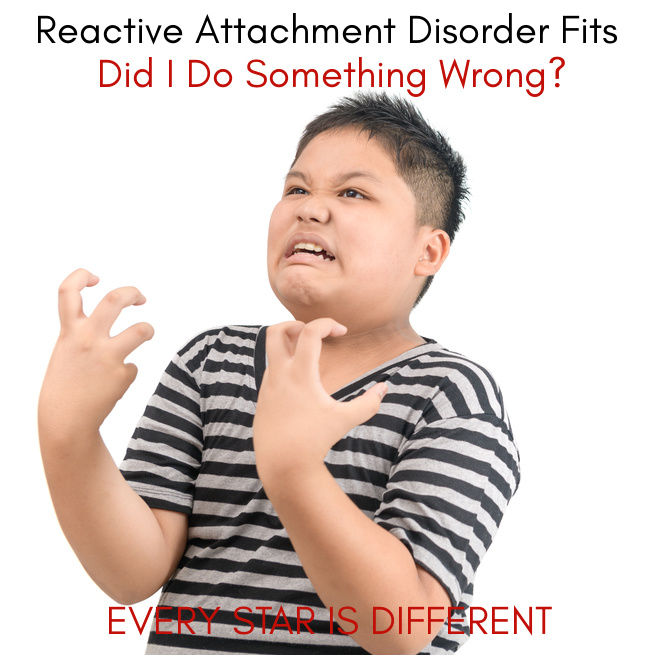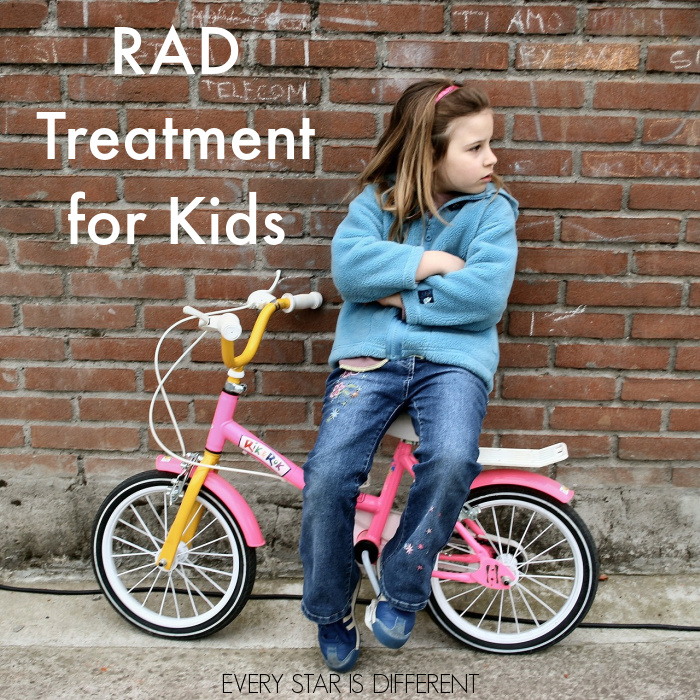It is completely normal to wonder what the worst cases of Reactive Attachment Disorder look like after learning about what RAD is and/or having a child diagnosed with it.
Caregivers want to hope for the best, yet prepare for the worst.
The good news is you can predict what one of the worst cases of Reactive Attachment Disorder will look like based on a specific set of criteria that children with RAD have in common.
This post describes diagnostic criteria for Reactive Attachment Disorder and what it may look like in children. There is a focus on worst case scenarios of RAD, so you can be prepared and make decisions appropriately.
Every child with Reactive Attachment Disorder (RAD) is different. Severity and the type of RAD behaviors depends on:
- The type of trauma the child experienced
- How long the trauma lasted
- How severe the trauma was
- How the child's brain developed
- If there are other co-existing disabilities












This is so spot on. It's easy to fall into self-blaming when parenting someone with RAD. Then, I see something like this and it's very clear that I'm not just making it all up or blowing things out of proportion.
ReplyDelete